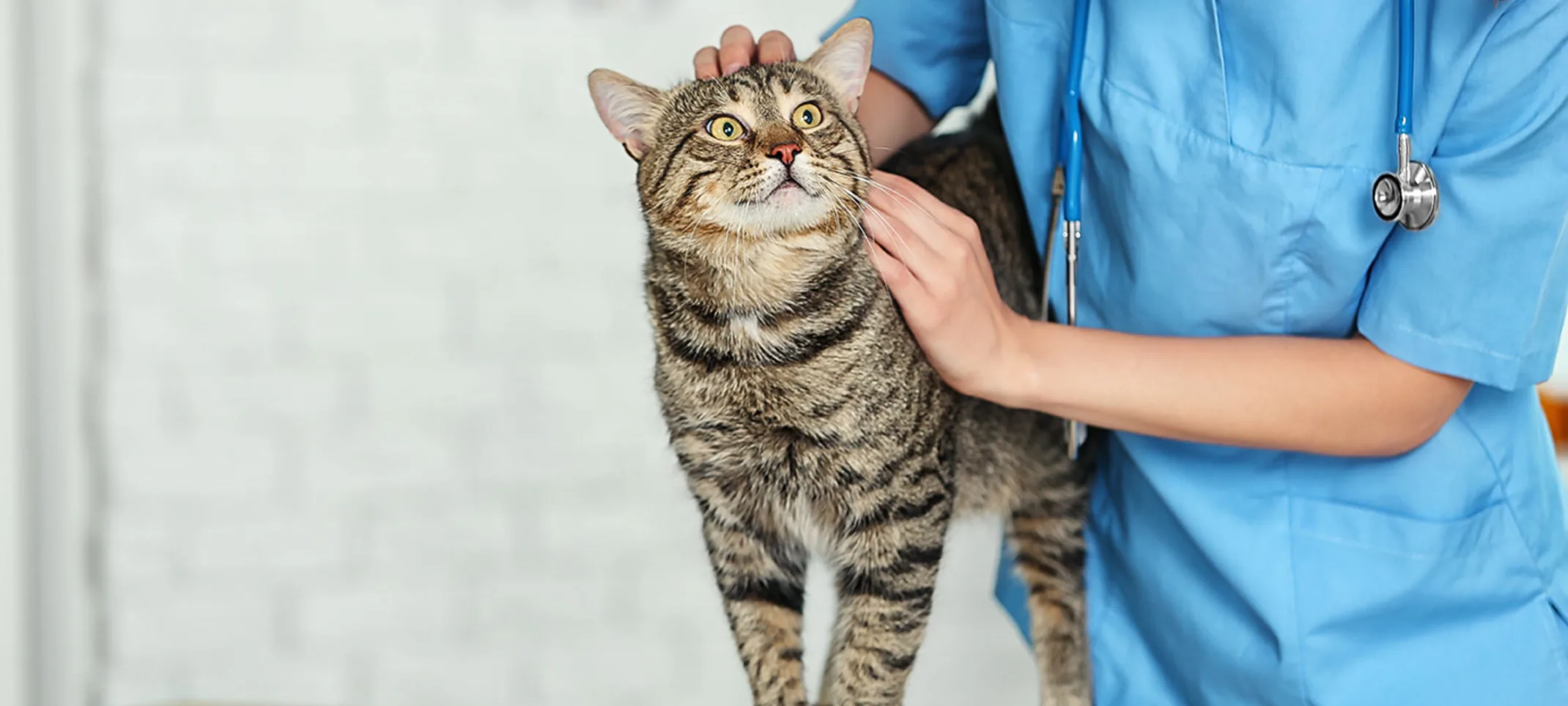Diamond Veterinary Hospital
Radiography
We’re equipped to perform routine radiography services to identify many types of illness or injury when pets are sick or suffer a trauma.

Overview
Radiography, also known as X-rays, is one of the most common and valuable medical diagnostic tools. X-rays are highly useful for screening areas of the body that have contrasting tissue densities, or when evaluating solid tissues.
Why would my pet need X-rays?
If your pet is sick or has suffered a trauma, X-rays provide a minimally invasive tool to help our doctors diagnose your pet. X-rays are also used in general wellness exams to diagnose potential problems before they become serious.
When is X-ray testing appropriate?
We may recommend veterinary X-rays as part of a diagnostic procedure if your pet is experiencing any health conditions or as a preventive measure in a routine senior wellness examination. We use radiology alone or in conjunction with other diagnostic tools depending on the patient’s condition. We’re fully equipped to perform routine radiology services to identify many types of illness or injury when pets are sick or suffer a trauma.
How is X-ray testing used?
X-rays can be used to detect a variety of ailments in animals including arthritis, tumors, bladder and kidney stones, and lung abnormalities such as pneumonia. They are also used to evaluate bone damage, the gastrointestinal tract, respiratory tract, genitourinary system, organ integrity, and even identify foreign objects that may have been ingested. Dental radiographs help distinguish healthy teeth from those that may need to be extracted, and identify any abnormalities beneath the gums including root damage, tumors, and abscesses. In some cases, we may need to sedate your pet or use short-acting general anesthesia.
Radiological Imaging
In addition to laboratory testing at Diamond Veterinary Hospital, we offer radiological services including digital x-rays and ultrasounds. These forms of radiology can help us see beyond your pet’s fur at their internal organs and bones without any invasive measures. If your pet’s physical exam or laboratory results indicate there might be something more going on under their fur, your veterinarian in Everett may order radiographs to get a closer look. Both digital x-rays and ultrasounds are non-invasive and pain-free, which means we get more information on your pet’s condition without taking extreme measures.
Radiographs can help us see:
Detailed images of your pet’s bones, joints, and muscles
Detailed images of your pet’s teeth and jaw for dental exams
Internal organs
Foreign objects
Heart and blood flow function
Our veterinary team will use the images produced by the radiological technology to help us diagnose your pet. With all of this technology at our fingertips, you can be sure that your pet is in good hands at Diamond Veterinary Hospital.

